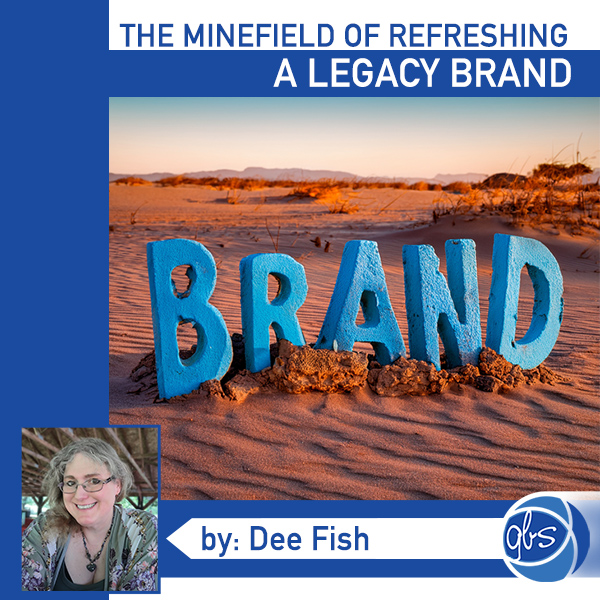The Minefield of Refreshing a Legacy Brand
Cracker Barrel recently rolled out a new logo and visual brand identity, marking one of the biggest updates in its long history. The redesign is polished, modern, and clearly designed with today’s digital platforms in mind. It’s easier to read, fits neatly into social media feeds, and still nods to the original look with its familiar color palette and simplified typeface.
The reaction, however, hasn’t been as smooth. Many longtime fans of the restaurant chain were quick to express disappointment online, complaining that the change felt like a departure from the cozy, old-fashioned feel that set Cracker Barrel apart. What was intended as a fresh start for the future instead sparked debate, and the company has since announced that they would be pulling the new branding.
This tension is a classic struggle for legacy brands. Any time a company with decades of history tries to modernize, there’s a real risk of upsetting the very customers who helped build its success. (Everyone remember “New Coke”?) At the same time, refusing to evolve can leave a brand looking dated and out of step with new audiences. It’s a delicate balancing act that almost every established business faces eventually, and there are no easy answers or guaranteed solutions.
One strategy to combat this backlash is that brands can also lean into transition rather than effecting sweeping, overnight changes. Pairing a modern update with messaging that honors the past, bringing in changes in smaller, bite-sized doses, can make customers feel seen instead of left behind.Written by Blog Contributor: Dee Fish




